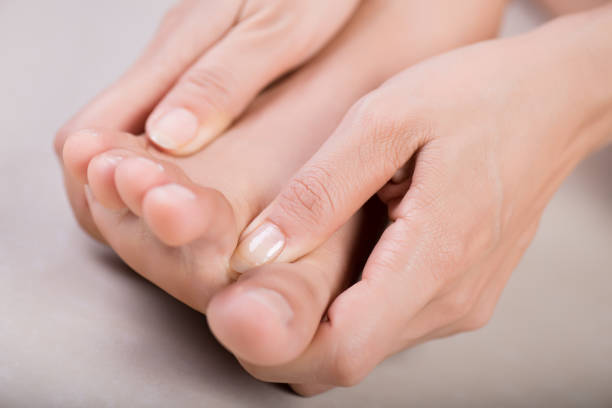TOE DEFORMITIES

Toe deformities can cause issues for many individuals.
Toe deformities may include but are not limited to:
⦁ Clawed toes (acquired throughout life)
⦁ Hammer toes (acquired throughout life)
⦁ Mallet toes (acquired throughout life)
⦁ Digiti Quinti Varus (acquired and congenital)
⦁ Brachymetatarsia (born with shorter toes/metatarsals)
⦁ Polydactyly (born with extra toes)
⦁ Syndactyly (born with webbed toes)
The acquired toe deformities may occur from up-the-chain biomechanics such as a pes cavus foot (high arches) and genetics. Sometimes these deformities can also be exacerbated by footwear; type of sports; trauma; or muscle imbalance/weakness.
We can correct for some of these factors which help slow the progression of the deformities. These include orthotic prescription, exercise rehabilitation and muscle rebalancing, footwear and insole modifications.
Brachymetatarsia is often left alone, however, some individuals with this condition do not like the appearance of their feet. This condition can also cause overload to the other longer metatarsals. Generally, if this is something you are concerned about or experience pain with, our Podiatric Surgeons are here to help!
Polydactyly is often treated in infant years as this is less invasive. However, if you have an extra toe with is causing pain or stopping you from fitting in shoes and is decreasing your quality of life, our Podiatric Surgeons can assist you with this.
Syndactyly is generally left alone in the feet. This is because sometimes the nerves and blood vessels, muscles and tendons of the two conjoined toes, can be combined. This makes surgical separation difficult.
Each of these conditions can be managed by our podiatrists and treated surgically (in-office and in hospital) by our Podiatric Surgeons.
Get in touch today with one of our friendly staff, or book online, if you have any questions relating to toe deformities!

